Nabis, the birth of an artistic prophecy
The Nabis movement was one of the post-impressionist movements in Paris. It was born from a “prophecy” that promised a new era of painting.
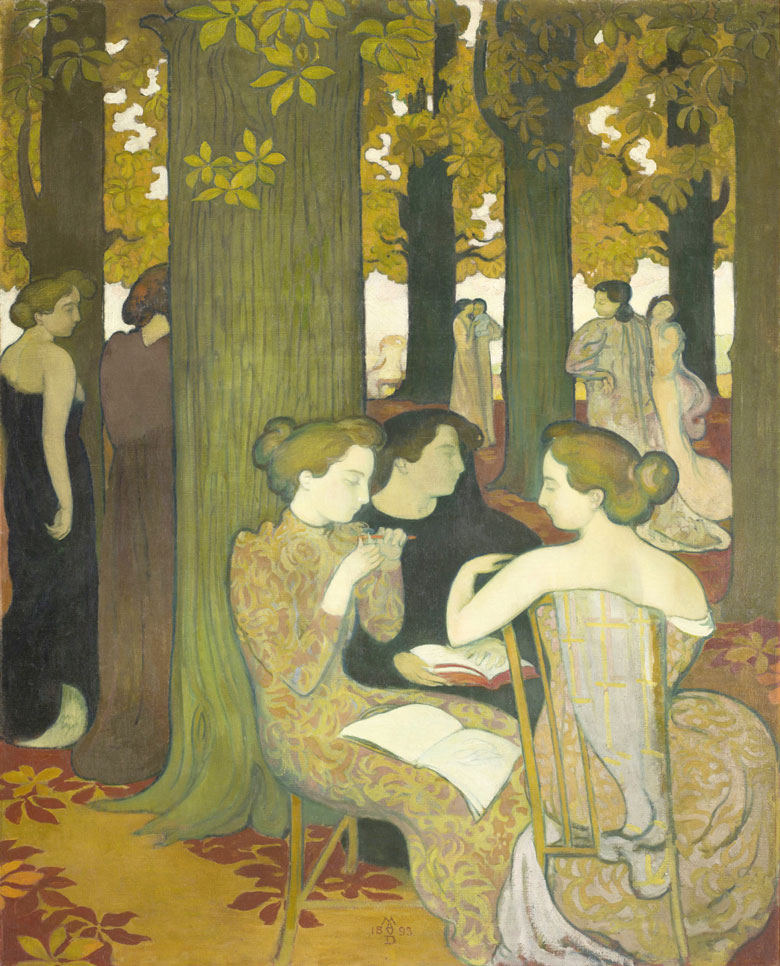
France was approaching the 20th century and several modernist movements were beginning to take shape. Inspired by the Impressionists, they came together to challenge the boundaries of art. Like other groups, they revolved around shared styles, tastes or techniques.
The Nabis emerged in 1888 and dissolved in 1900, founded by a young art student, Paul Sérusier. His followers were Pierre Bonnard, Maurice Denis, Edouard Vuillard, Paul Ranson, Xavier Roussel and Felix Vallotton. Many studied at the same school, Academie Julien, and together they sought to revitalise painting using form and colour as a means of personal expression, not as objective descriptors.
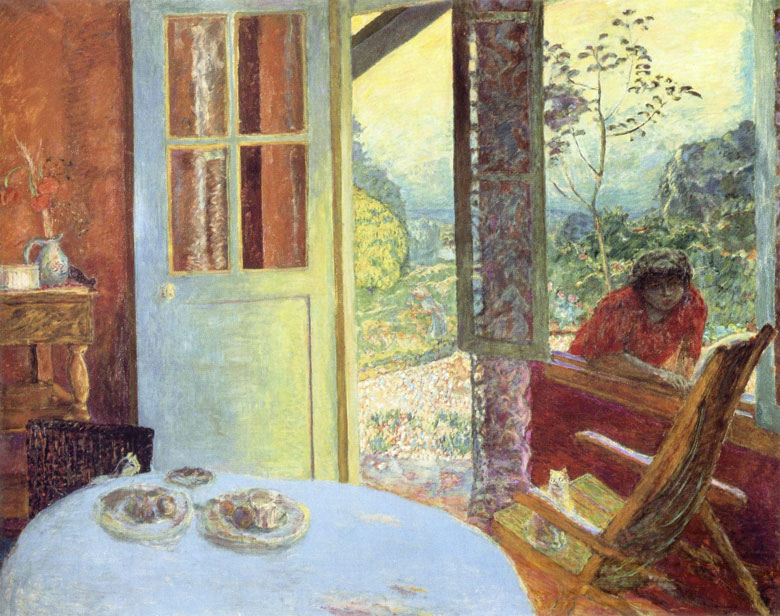
The symbolist poet Henri Cazalis baptized them with the name Nabis, a term derived from a Hebrew and Arabic word.
He gave us a name that made us feel like initiates, a kind of secret society with mystical tendencies, in a state of prophetic fervor.
It was like a nod to the devout and almost spiritual nature of this artistic brotherhood. They were nourished by texts of oriental wisdom and esoteric works, very fashionable at the time.
Nabis means prophets, enlightened ones, trapped in ecstasy, those who receive words from the beyond, inspired by God.
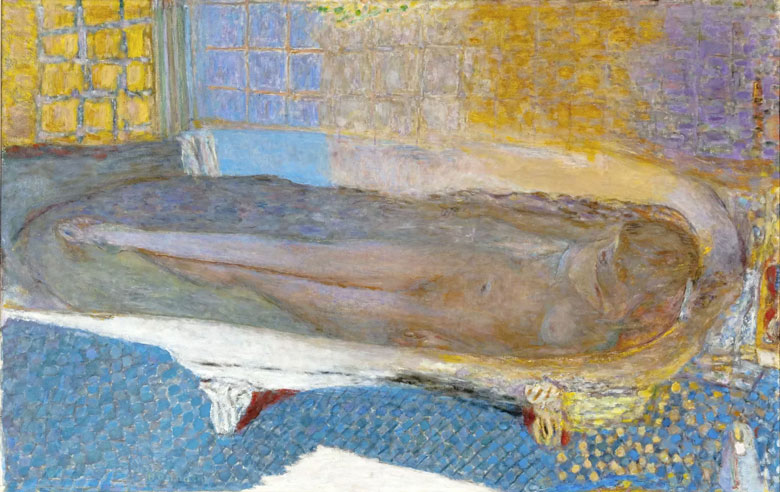
In 1890, Maurice Denis, just 18 years old, wrote The Definition of Neotraditionalism, a group manifesto that invited readers to remember the essence of figurative representation:
A painting, before being a workhorse, a female nude or a kind of anecdote, is essentially a flat surface covered with colours harmonised with a certain order.
Paul Sérusier, 24 years old, was studying at the Academie Julien, the most prestigious private art school. In the summer he joined a community of artists in Pont-Aven, a picturesque village in Bretagne (France). His main mentor was the post-impressionist pioneer Paul Gauguin.
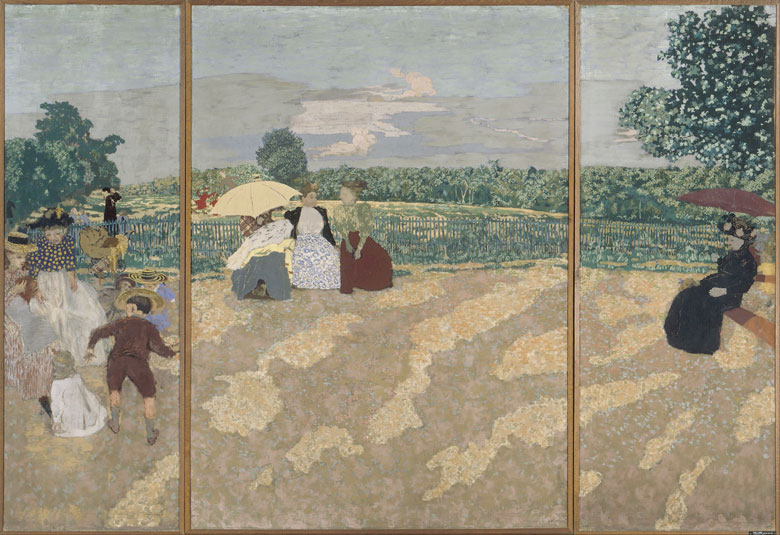
Sérusier painted The Talisman, a virtually abstract landscape. His classmates at the academy, Pierre Bonnard, Maurice Denis and Ranson, immediately adopted it as the inaugural painting of the Nabis.
The work reflects Gauguin‘s characteristic style: flat brush strokes, expressive shapes and a palette of vivid colours. Most importantly, it illustrates the idea of “pure painting” that they admired.
The Nabis had a sensation based approach. Their philosophy was that all artists should free themselves from the yokes imposed by the need to copy to free instinct of creators.
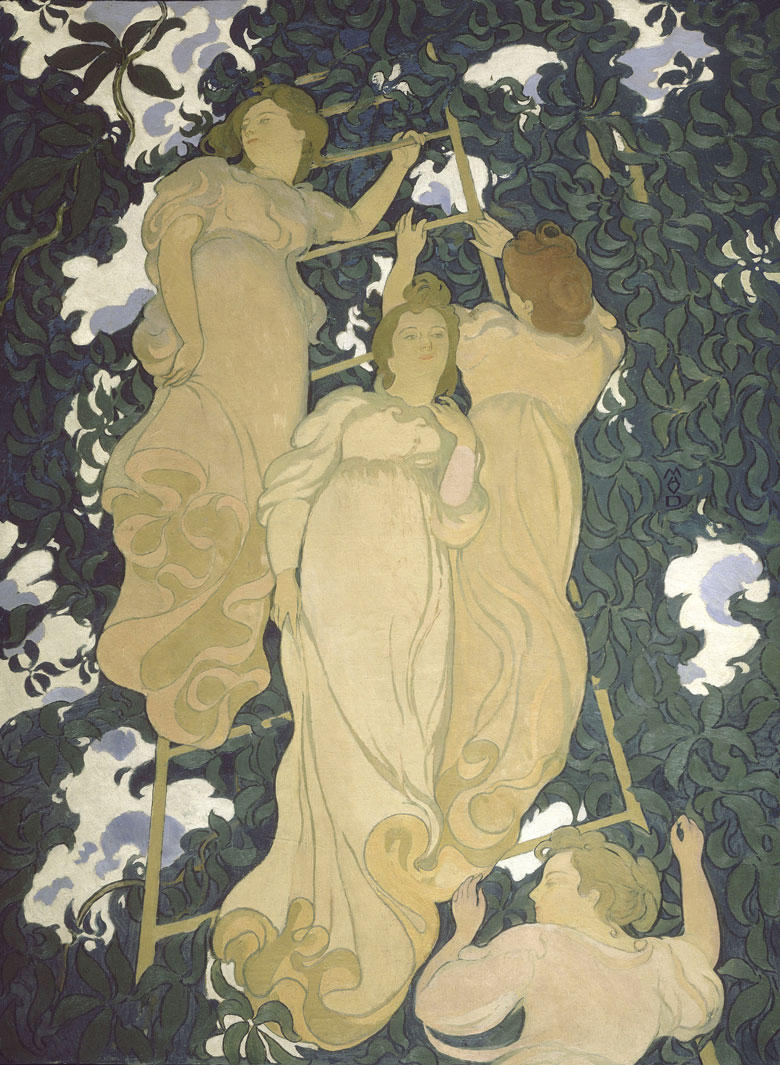
Strengthened by this new approach to painting, the Nabis movement quickly consolidated. The following year, the group held its first exhibition, although they did not title it with the name Nabis. Instead, they called it the Impressionist and Synthetist Group. It was at the Café des Arts, an avant-garde venue very close to the art pavilion of the Paris World’s Fair in 1889.
A year later, the group managed to rent a studio on Pigalle Street in Paris. Although comically described “as big as a pocket handkerchief”, this location was key for the young artists. In addition to serving as a center for the avantgards to meet and exchange ideas, it also allowed the Nabis group to develop and flourish.
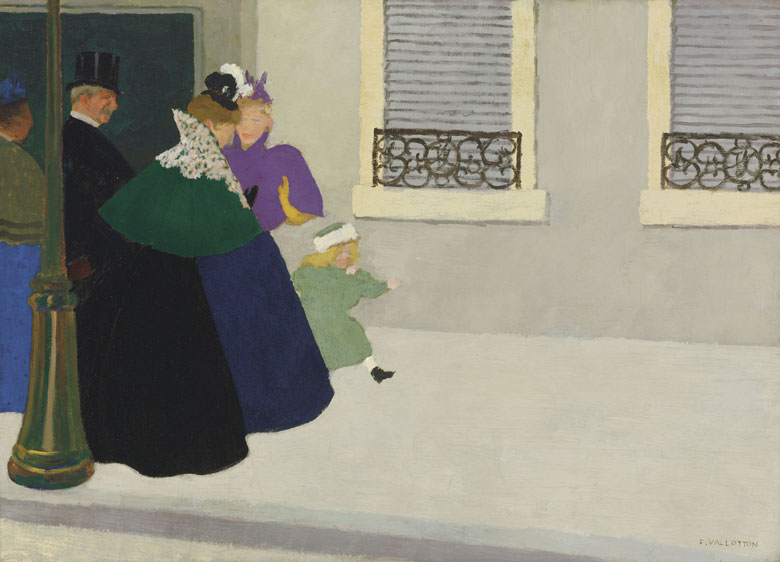
Fascinated by Orientalism and Japonism, they also felt very fond of music, immersed in the works of musicians of their time: Eric Satie and Debussy.
Like the work of the Post-Impressionists, their paintings did not adhere to a specific style. On the other hand, they were united by a common goal: to evoke emotions rather than replicate real life.
Nabis paintings usually have certain aesthetic similarities: stylisation of forms, decorating lines of interlacing arabesques and blocks of mat colour. Following Gauguin’s footsteps they used total freedom with their brushstrokes.
They were deeply inspired by the shapes and aesthetics of Japanese prints that were beginning to reach Europe, thanks to the magazine “Japon Artistique”. Vuillard had an important collection of Japanese objects.
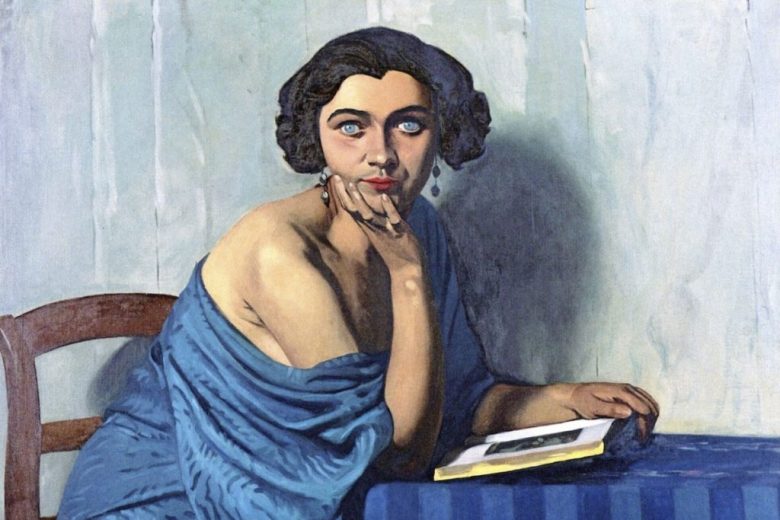
Another key characteristic is that they painted deliberately flat paintings, with almost no volumes. By giving up the sense of perspective, they were freed from the spatial limits of the real world.
I’m trying to do what I’ve never done: reproduce the impression you have when you enter a room. You see everything and at the same time nothing.
The Japanese influence is evident, not only in Nabis paintings, but also in the decorative arts. In addition to conventional canvases, they captured their paintings on screens. This new approach took them a step further.
They also created sketches for tapestries, ceramics and stained glass. In 1892, they also began designing sets and costumes for the theatre. This relationship soon led them to create posters, show programs and other graphic arts.
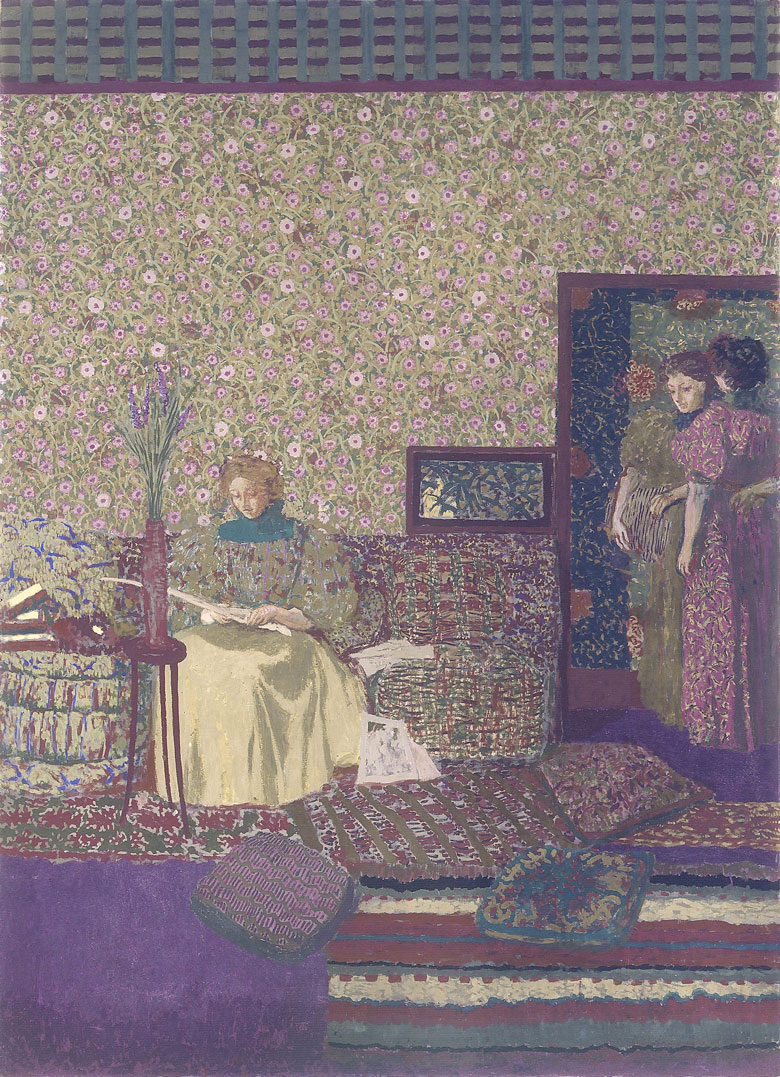
However, by the end of the decade the Nabis abandoned these avant-garde art forms, returning to their devoted pictorial roots until dissolving in the year 1900.
Decades later, one of the founding members, Edouard Vuillard, explained that his work had become obsolete with the emergence of increasingly modern movements.
The march of progress was very rapid. Society was ready to embrace Cubism and Surrealism before we had achieved what we had imagined as our goal. In a way, we find ourselves suspended in the air.
The most prominent painters of the Nabis group joined other currents at the beginning of the 20th century. Edouard Vuillard, for example, became a realist, while Pierre Bonnard explored a wide range of styles until his death in 1947. Their legacy has remained relatively intact.
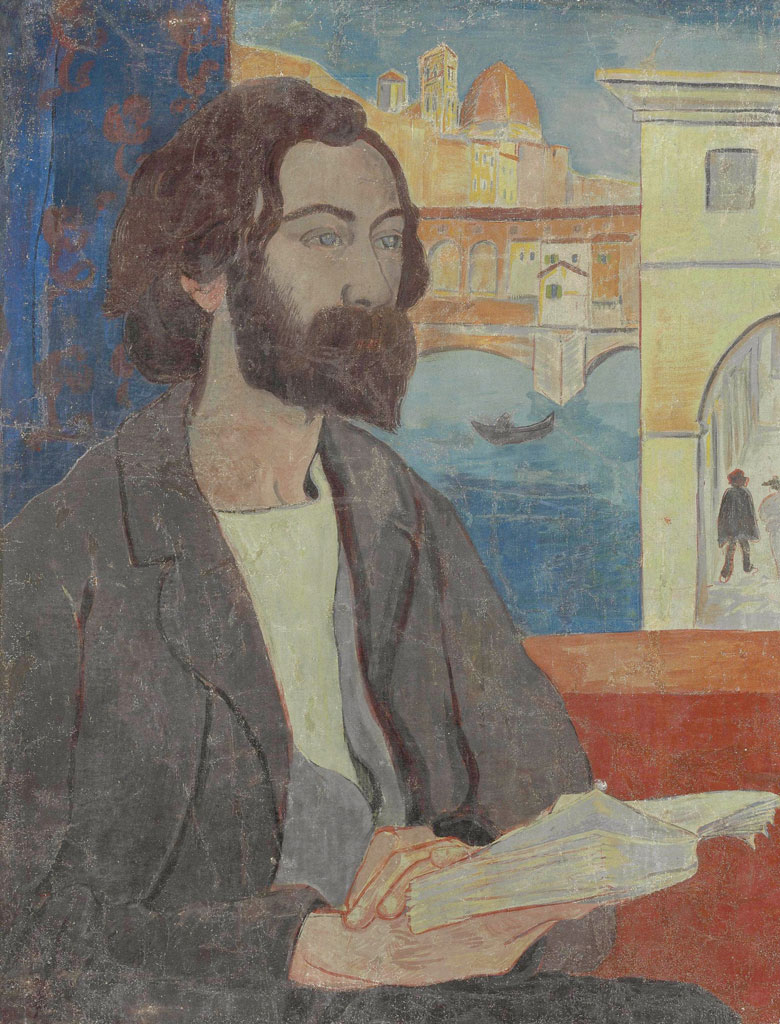
Although often overshadowed by different successive styles, the Nabis movement paved the way for modernists interested in new ways of interpreting traditional art. This was a paradox prophesied by Maurice Denis in his manifesto:
Neotraditionalism cannot waste time with feverish learned psychologies or literary sentimentalisms that require an explanation of the subject. All those things that have nothing to do with your own emotional domain. The stage has arrived where it is possible to make definitive syntheses. Everything is contained in the beauty of the work.

